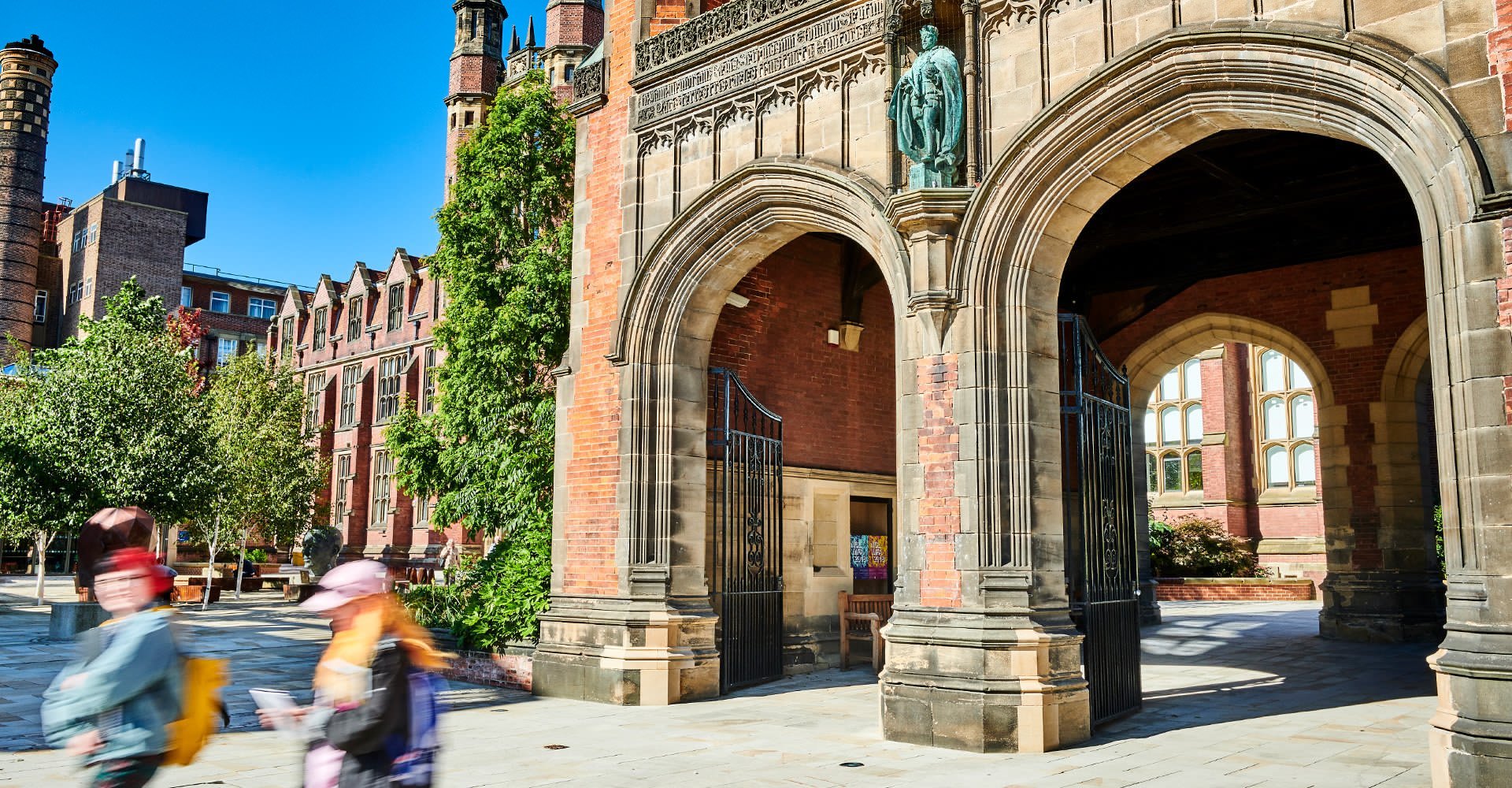ARC3020 : Introduction to Architecture
- Offered for Year: 2024/25
- Module Leader(s): Dr Carlos Calderon
- Demonstrator: Dr Nathaniel Coleman
- Lecturer: Prof. Andrew Ballantyne, Dr Ivan Marquez Munoz, Dr Samuel Austin, Dr Matthew Ozga-Lawn, Prof. Martyn Dade-Robertson, Dr John Kamara, Dr Josep-Maria Garcia-Fuentes
- Owning School: Architecture, Planning & Landscape
- Teaching Location: Newcastle City Campus
Semesters
Your programme is made up of credits, the total differs on programme to programme.
| Semester 2 Credit Value: | 10 |
| ECTS Credits: | 5.0 |
| European Credit Transfer System | |
Aims
This module provides a general introduction to architecture as an academic discipline, a profession, and as a design-based practice. It is intended specifically for students who are studying in related fields who wish to build their awareness and understanding of the constructed environment from an architectural perspective.
Aims
• To enable students to understand the principles and theories of architecture, and the influences of the history of architectural ideas on both past and present environments and societies, from the scale of the landscape and settlement, the city and urban design, to individual buildings and their making and materiality.
• To introduce students to architectural perspectives on the issues of sustainability, human wellbeing, participatory design, and vernacular buildings.
Outline Of Syllabus
The course consists of a series of themed lectures that cover selected topics of the principles and theories of architecture including; architectural history, design pedagogy, sustainability, building performance, digital design, urban design, design principles and representation, tectonics, and materiality.
The syllabus and therefore the subject and scope of the assessments will consist of material covered in the lectures supplemented by directed and personal reading and building studies.
Students will be assessed through the production of a reflective essay (1500 words approximately) and a diary/sketch book. The reflective journal essay and logbook provide evidence of critical active engagement with architectural design thinking.
Teaching Methods
Teaching Activities
| Category | Activity | Number | Length | Student Hours | Comment |
|---|---|---|---|---|---|
| Structured Guided Learning | Lecture materials | 11 | 1:00 | 11:00 | Guest lectures by invited speakers |
| Structured Guided Learning | Lecture materials | 2 | 1:00 | 2:00 | Online videos to complement and supplement invited speakers talks |
| Guided Independent Study | Assessment preparation and completion | 1 | 7:00 | 7:00 | Curation of logbook and writing of academic essay |
| Guided Independent Study | Directed research and reading | 10 | 1:00 | 10:00 | Reading of recommended texts in each lecture |
| Scheduled Learning And Teaching Activities | Small group teaching | 12 | 1:00 | 12:00 | Technical design tutorials with Architecture students |
| Guided Independent Study | Project work | 2 | 3:00 | 6:00 | Preparation for technical design tutorials |
| Structured Guided Learning | Structured non-synchronous discussion | 6 | 0:20 | 2:00 | Tutor led non-synchronous discussion to support peer learning and interactions |
| Scheduled Learning And Teaching Activities | Workshops | 1 | 1:00 | 1:00 | Workshop on reflective writing |
| Guided Independent Study | Independent study | 1 | 45:00 | 45:00 | Self-directed learning supported by provided resources |
| Scheduled Learning And Teaching Activities | Module talk | 12 | 0:20 | 4:00 | At the start of each day to link up the guest lecture to all the other activities in the module |
| Total | 100:00 |
Teaching Rationale And Relationship
A mixture of scheduled and structured activities, including recorded mini lectures, reading and skills based tasks to be carried out individually and in small student groups replace a chronological lecture based module, in order for students to build their knowledge of urban energy and develop the skills to locate and evaluate information independently.
Due to uncertainties around room ventilation provision, cluster access etc, the expectation is that the delivery of the module will be blended, with workshops and larger-group teaching taking place online. If the provision allows, we will timetable some opportunities for ‘attendance’ – mainly to provide opportunities for student peer-learning.
Assessment Methods
The format of resits will be determined by the Board of Examiners
Other Assessment
| Description | Semester | When Set | Percentage | Comment |
|---|---|---|---|---|
| Written exercise | 2 | M | 100 | A written assignment consisting of a 1500 word reflective essay and an illustrated logbook. |
Assessment Rationale And Relationship
A reflective journal of 1500 words and illustrated logbook submitted at the end of the semester which allows students to demonstrate:
• Knowledge and understanding of the topics.
• Critical skills in responding to the specific and exploratory contexts of the questions.
• Ability to construct coherent arguments.
• Clarity and effectiveness of the design in communicating ideas.
Reading Lists
Timetable
- Timetable Website: www.ncl.ac.uk/timetable/
- ARC3020's Timetable
